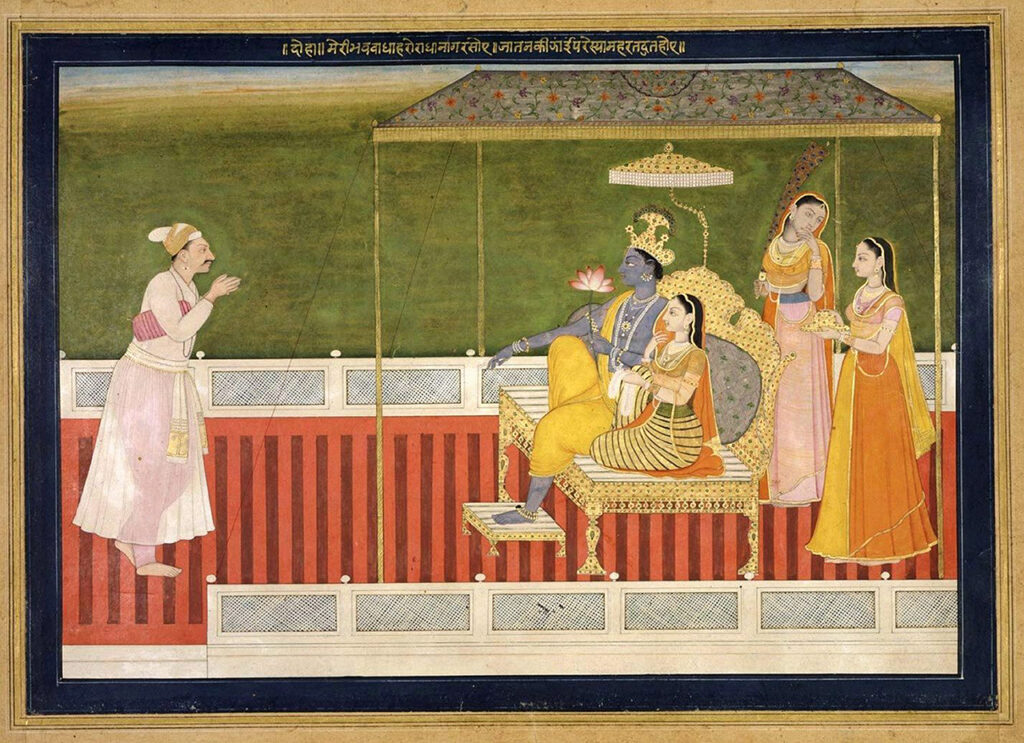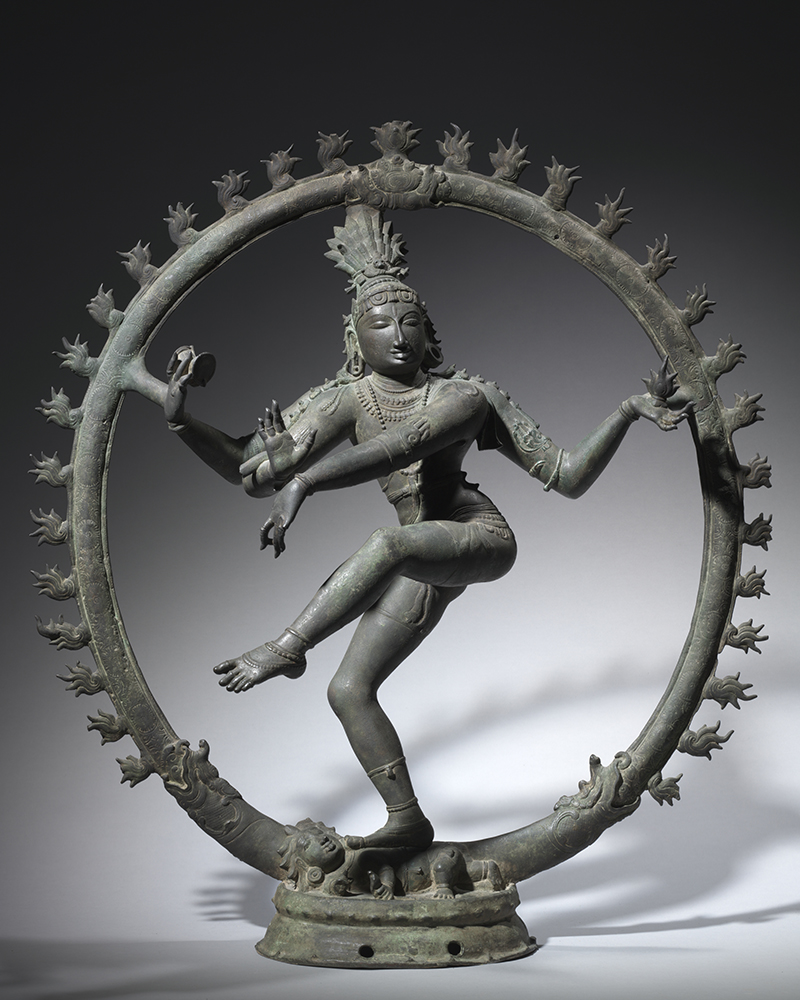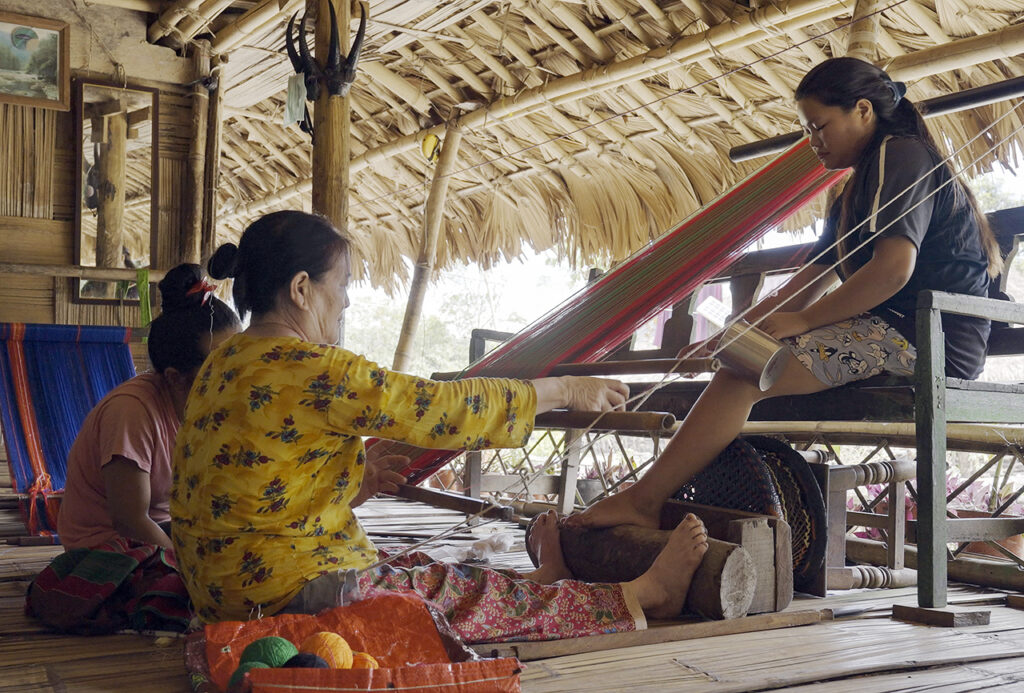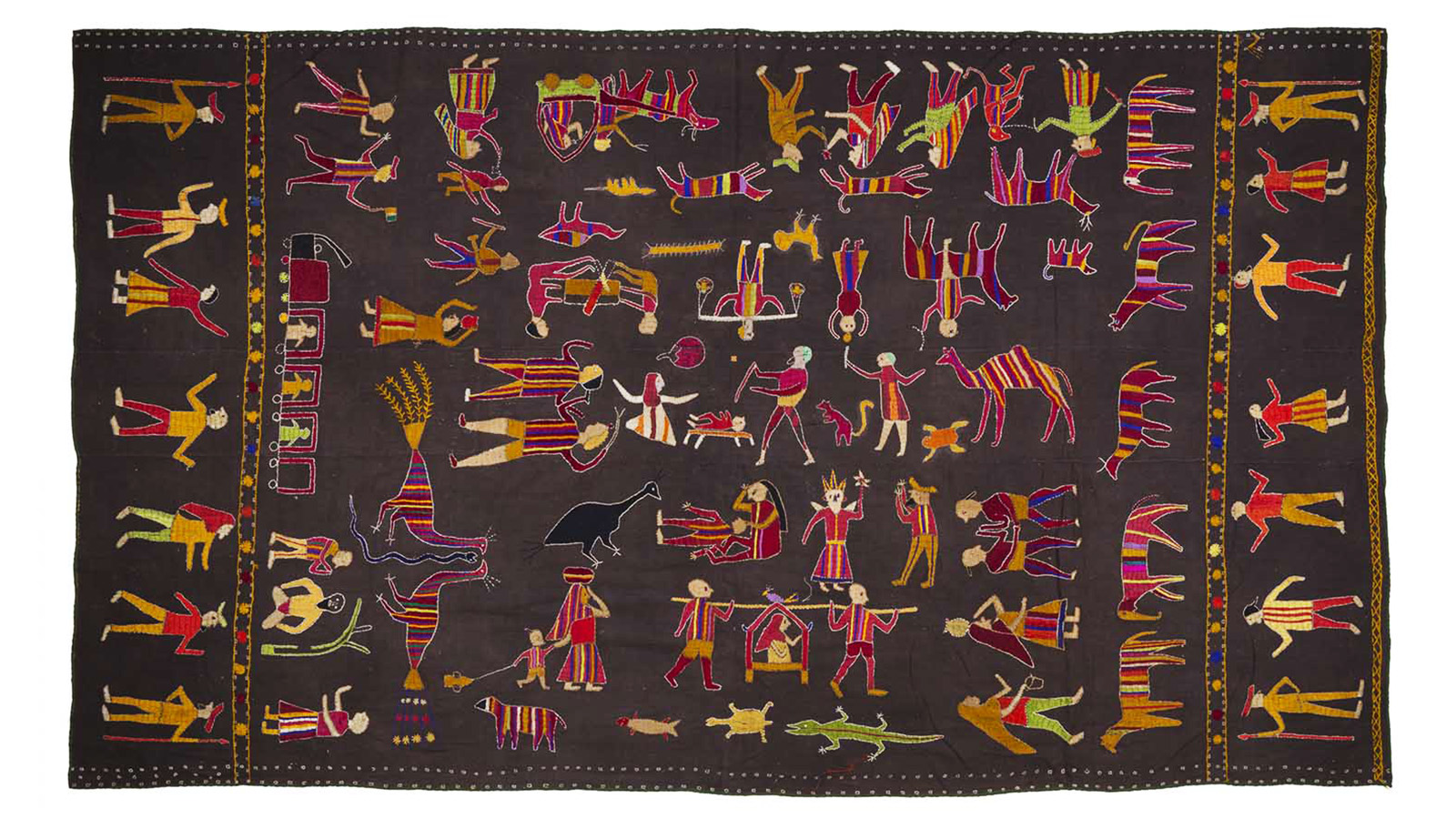MAP Academy, the Museum of Art and Photography (MAP) Bengaluru’s independently run initiative, unveiled its online art encyclopedia of Indian art on April 21. Initiated almost three years back, the project scaled up rapidly over the past year and launched with 2,000 entries, put together by a team of over 40 researchers, editors, and academic advisors. The plan is to keep building on an ongoing basis with articles, definitions, blogs, and online courses being added every year. As a digitally native encyclopedia, it endeavors to stay responsive, inviting readers to provide feedback to trigger further research and changes as necessary.
The history of Indian Art encompasses a diverse gamut of cultural activity and tradition over 10,000 years in the Indian subcontinent and geographically goes beyond the modern nation-state of India. That history has long suffered from the residual baggage of colonial-era scholarship often created by Westerners with limited cultural understanding and imperialist bias. In recent decades, when such art caught the fancy of the Western art market, the art histories were used to burnish their aesthetic appeal as decorative objects to collectors, while their deeper religious and cultural context was deemed insignificant. Today, to make matters worse, information about Indian art and culture still remains insufficiently researched, notoriously disaggregated and often outside the digital realm.

According to its director, MAP Academy aims to bring together diverse knowledge and information on Indian art onto a single accessible platform. Image: “The Poet Bihari Offers Homage to Radha and Krishna,” attributed to Nainsukh, 1760-65 / Courtesy the Philadelphia Museum of Art
According to Nathaniel Gaskell, Director of MAP Academy, the encyclopedia aims to make a difference by bringing diverse pre-existing sources of knowledge onto an accessible online platform, while broadening the coverage of what is included to shed light on underrepresented art histories. Ultimately, the end goal is to create positive social impact through the dissemination of knowledge and improvement in the reader’s understanding of these art histories.
There has been a concerted effort to present the content in a jargon-free manner that is easy to comprehend, without losing the academic rigor of the underlying research. Initially, a comprehensive master entry list was created with a key criterion being to ensure equitable representation across the board — with special focus on underrepresented art histories like India’s indigenous crafts and designs, textile heritage, and living traditions of historically marginalized communities.

The information on MAP Academy undergoes a rigorous academic review process, before being published in a jargon-free manner. Image: “Nataraja, Shiva as the Lord of Dance,” 900-1200 CE / Courtesy the Cleveland Museum of Art
Anirudh Kanisetti, one of editors on the project and a recently published historian and author, shares that there are multiple checks and balances in place. In-house researchers, comprising early career historians, prepare the first draft on every selected topic, and their work is supervised by a team of editors who also check for consistency and factual accuracy. The final layer of validation rests with an academic review panel of subject matter experts comprising experienced art historians and scholars.
The encyclopedia will primarily contain a wide range of articles, which will keep growing in size and scope. It will be complemented by free-to-access short courses ,which are intended to make the website a platform for active learning. These online modules also try to go beyond aesthetic appreciation and attempt a critical, historical assessment, building wider perspectives and alternate narratives. Gaskell cites the example of the inaugural learning course of textiles, which discusses the detrimental effects of British colonial rule on India’s handmade textile tradition, their defining role in shaping the country’s freedom movement, and how they played into slavery as was the case for the cotton trade.

With its inclusion of short courses, the platform further hopes to serve as an educational tool for schools and universities. Image: Sadin Pangking and Akum Tayeng prepare the warp on a backstrap loom, 2021, Rani, East Siang District, Arunachal Pradesh / Pragadeesh Marimuthu, courtesy MAP Academy
While the immediate plan is to spread the net wide for online audiences, the longer-term plan is to work closely with schools and universities in India. “There are 1,600 art schools in India,” Gaskell says. “We want to make sure that all the students and the faculty are aware and consider using our resources. We will go about systematically contacting all these institutions and saying, if your students want to learn about art history, this is one of the places where they can do it.”
MAP Academy will also connect with academic institutions in the US and the UK, where there is now an increased interest in South Asian art, to serve as a potential content partner and culturally authentic source of art historical information for students.
Given the diversity of Indian art and the information gaps that exist, the encyclopedia is a much-needed initiative and likely to be a long-term work-in-progress. It has the potential to globally inform how other museums approach education beyond their physical spaces, while shining light on the rich art history of its region. However, to stay true to its mission of accessibility and inclusiveness, the platform must be made available in as many Indian languages, with more primary research undertaken on indigenous themes that have not yet been studied in detail. Finally, Western museums and scholarship about Indian art have tended to gloss over an important aspect of the history: the provenance of the objects — the encyclopedia could make a critical difference there.



